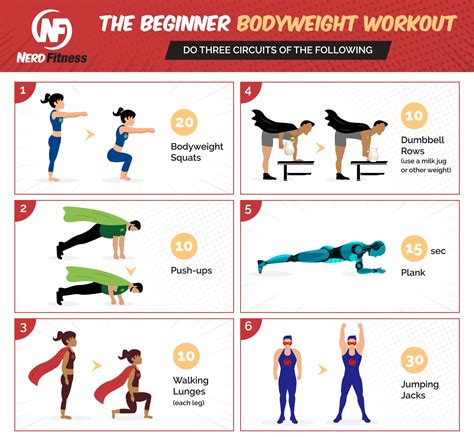Optimize progressive overload for rapid muscle growth?

The Foundation of Muscle Building: Understanding Progressive Overload
For anyone serious about building muscle, the concept of progressive overload isn’t just a theory; it’s the bedrock of effective training. Simply put, progressive overload means continually increasing the demands placed on your muscles over time. Without this escalating challenge, your body has no reason to adapt, grow stronger, or get bigger. Your muscles will only grow as much as they need to handle the stress you impose on them. To achieve rapid muscle growth, you must constantly give them a new, greater stimulus to respond to.
This principle applies across all forms of resistance training, whether you’re lifting weights, using resistance bands, or even performing bodyweight exercises. The key is never to become complacent with your current level of effort. Stagnation is the enemy of progress in the gym, and understanding how to strategically apply progressive overload is your most powerful tool.

Strategic Methods to Implement Progressive Overload
Progressive overload isn’t just about adding more weight to the bar every session; it encompasses a variety of techniques to make your workouts more challenging. Here are the primary methods to employ:
- Increase Weight/Resistance: The most straightforward method. Once you can comfortably complete your target reps and sets with good form, it’s time to increase the load.
- Increase Repetitions: If adding weight isn’t feasible, try adding more reps to your sets. More reps within a given set increases time under tension and overall volume.
- Increase Sets: Adding an extra set to an exercise can significantly increase your total training volume for that muscle group, prompting new growth.
- Decrease Rest Times: Reducing the rest period between sets increases the density of your workout, making the same amount of work more metabolically demanding.
- Improve Form/Technique: While seemingly counterintuitive, perfecting your form means you’re placing more direct stress on the target muscle, rather than relying on momentum or secondary muscles. This can make the same weight feel much harder and more effective.
- Increase Time Under Tension (TUT): Slowing down the eccentric (lowering) or concentric (lifting) phase of an exercise increases the duration your muscle is actively working, enhancing hypertrophy.
- Increase Frequency: Training a muscle group more often throughout the week (e.g., twice instead of once) can increase overall weekly volume and stimulate more growth, provided you manage recovery.
- Increase Range of Motion: Performing exercises through a fuller range of motion places the muscle under stretch for longer, which is a potent stimulus for growth.

Practical Application for Consistent Gains
To truly optimize progressive overload for rapid muscle growth, consistency and meticulous planning are paramount. Randomly trying to lift heavier will likely lead to injury or frustration. Here’s how to apply it systematically:
- Track Everything: Keep a detailed log of your workouts, including exercises, sets, reps, weight, and even perceived effort. This data is invaluable for identifying where and how to progress.
- Follow a Structured Program: A well-designed training program will incorporate progressive overload principles, guiding you on when and how to increase demands. Avoid program hopping.
- Periodize Your Training: Understand that linear progression (constantly adding weight) isn’t sustainable indefinitely. Incorporate cycles of heavier lifting with periods of higher volume or deloads to manage fatigue and prevent plateaus.
- Focus on Form Over Weight: Never sacrifice proper form for the sake of lifting heavier. Bad form increases injury risk and reduces the effectiveness of the exercise for muscle growth.
- Prioritize Recovery: Adequate nutrition, sleep, and managing stress are non-negotiable for muscle growth. Without proper recovery, your body cannot adapt to the increased demands you place on it.

Avoiding Common Pitfalls
Many individuals fail to optimize progressive overload due to common mistakes. These include inconsistency, failing to track progress, not varying their methods of progression, and neglecting recovery. Another significant pitfall is the fear of deloading. Taking a strategic week with reduced volume or intensity allows your body to recover fully and often leads to renewed strength and growth when you return to your regular training.
Remember that progressive overload isn’t just about brute force; it’s about intelligent, systematic application of increasing challenge. It requires patience, consistency, and a willingness to adapt your approach as your body adapts.

Conclusion: Your Blueprint for Continuous Muscle Growth
Optimizing progressive overload is not just a technique; it’s a mindset that drives continuous improvement. By understanding its principles and strategically applying its various methods, you provide your muscles with an unwavering reason to grow bigger and stronger. Track your progress, prioritize proper form, ensure adequate recovery, and consistently seek new ways to challenge yourself. Embrace this fundamental principle, and you’ll unlock the full potential for rapid and sustained muscle growth, transforming your physique and strength levels over time.









